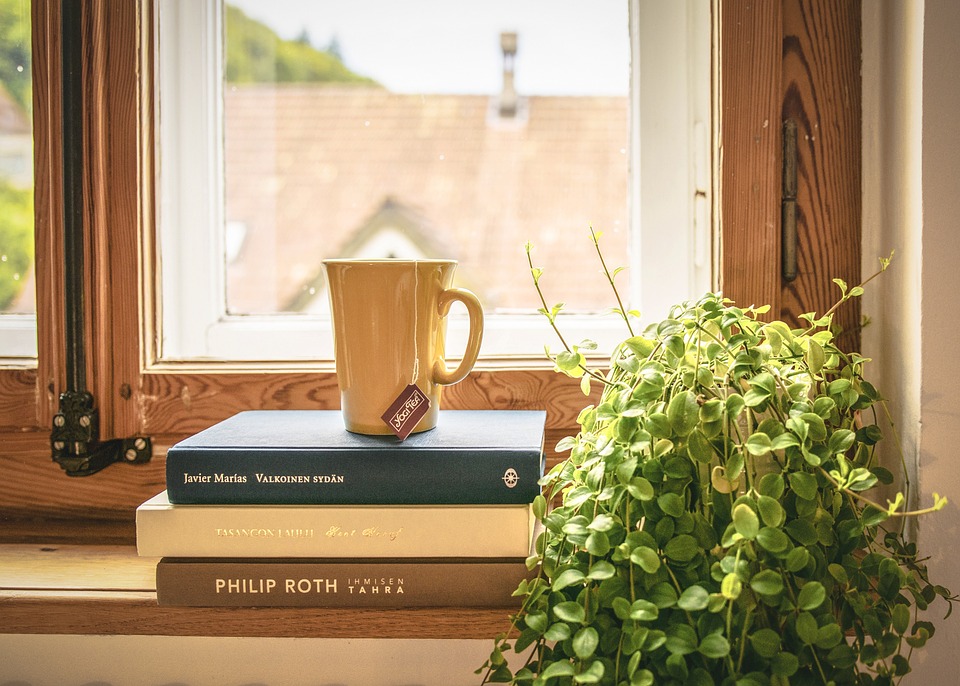Houseplants can bring life and beauty to any indoor space. Not only do they add aesthetic appeal, but they also provide numerous health benefits such as purifying the air and reducing stress. However, keeping houseplants healthy and thriving requires proper care and attention. If you’re new to plant care or just looking to improve your green thumb, consider these essential tips for healthy houseplants.
1. Choose the Right Plant for the Right Place
Different houseplants have different light and humidity requirements. Before purchasing a plant, research its specific needs and make sure it aligns with the conditions in your home. Some plants thrive in low light, while others require direct sunlight. Understanding your plant’s needs is crucial for its overall health and growth.
2. Water Wisely
Overwatering is one of the most common causes of houseplant demise. Before watering your plants, check the soil moisture level by inserting your finger into the soil. If the top inch is dry, it’s time to water. Additionally, use room temperature water and ensure proper drainage to prevent waterlogging and root rot.
3. Monitor Humidity Levels
Indoor environments can often be dry, especially during the winter months when heaters are running. Many houseplants, such as ferns and orchids, require higher humidity levels to thrive. To increase humidity, consider using a humidifier, misting your plants, or placing them on a tray filled with water and pebbles.
4. Provide Adequate Drainage
Proper drainage is essential for preventing waterlogged soil, which can lead to root rot. Ensure that your plant’s pot has drainage holes, and consider adding a layer of pebbles at the bottom of the pot to improve airflow and drainage.
5. Fertilize Regularly
Houseplants need nutrients to grow and thrive. Fertilize your plants regularly, following the instructions on the product label. Be mindful not to over-fertilize, as this can lead to salt buildup in the soil and damage the roots.
6. Prune and Trim as Needed
Regular pruning and trimming can promote healthy growth and improve the overall appearance of your plants. Remove dead or yellowing leaves, trim back overgrown stems, and pinch off spent flowers to encourage new growth.
7. Keep an Eye Out for Pests
Houseplants are susceptible to pests such as aphids, spider mites, and mealybugs. Inspect your plants regularly for signs of infestation, such as yellowing leaves, sticky residue, or visible pests. If you notice any issues, take action promptly to prevent the infestation from spreading.
8. Rotate and Re-Pot
Rotate your plants regularly to ensure even growth and prevent them from leaning toward the light source. Additionally, monitor the size of your plants and re-pot them as needed to provide ample space for root growth. When re-potting, choose a pot that is only slightly larger than the current one to avoid waterlogging.
9. Clean and Dust Leaves
Dust can accumulate on houseplant leaves, hindering their ability to photosynthesize and breathe. Wipe your plant’s leaves regularly with a damp cloth to remove dust and keep them clean and healthy.
10. Pay Attention to Signs of Stress
Finally, pay attention to your plants and look for signs of stress such as wilting, yellowing leaves, or stunted growth. These can be indicators of potential problems such as overwatering, underwatering, or pest infestations. By addressing issues promptly, you can prevent further damage and help your plants thrive.



